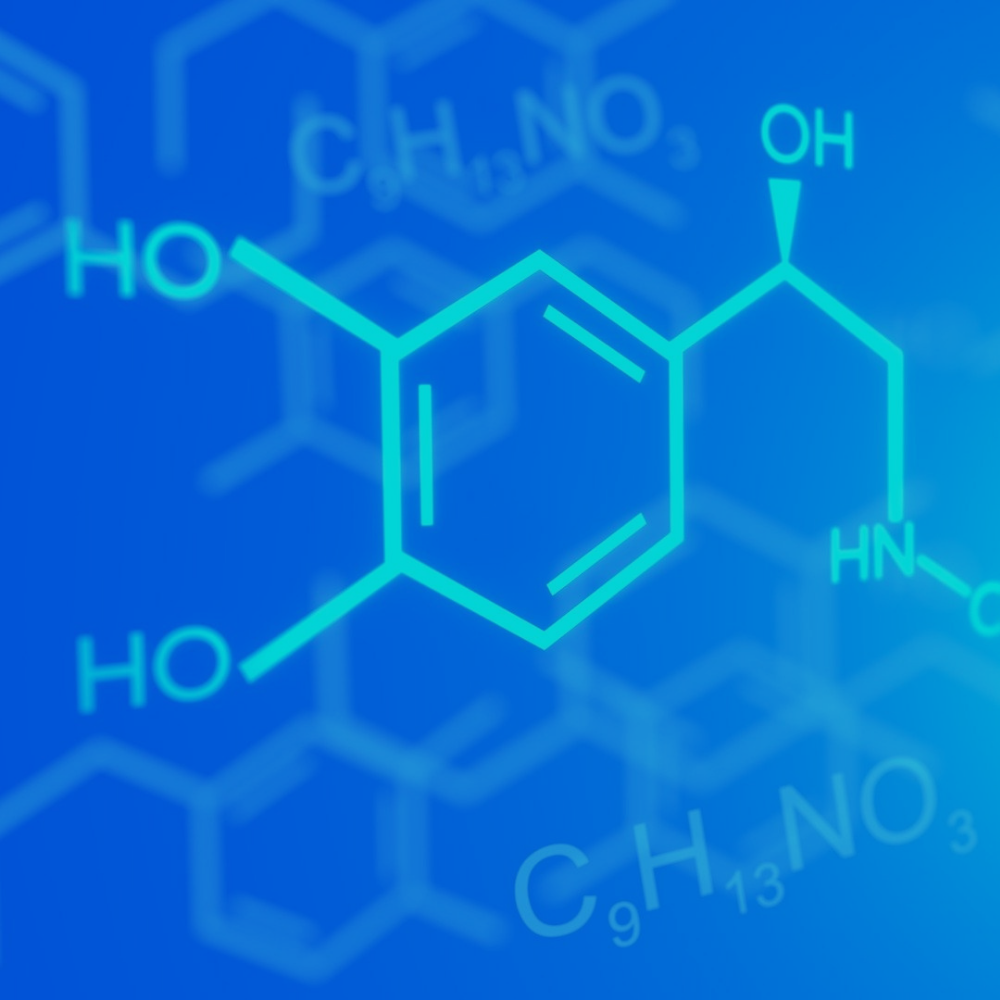

Acep Purqon
Gallium nitride (GaN) is an important semiconductor after silicon. Its wide-band gap of 3.4 eV affords its special properties for applications in electronic and optoelectronic devices, i.e bright, highly efficient blue and green light-emitting diodes (LED). Nobel laureate in Physics last year 2014 was awarded for this invention of the efficient blue LED. With these advantages, GaN-based LED have started to replace light bulbs and fluorescent tubes, which means more efficiency in energy and cost reductions. Furthermore, the electroluminescence from rare earth-doped nitride semiconductors shows promising wide applications due to room temperature luminescence properties and the potential for modeling of the microscopic structure and properties of the defects involved in the luminescence. The study of doping of Rare Earth (RE) atoms into GaN has attrach many researchers due to its exceptional outcomes of electroluminescent, optical fiber communications, and spintronic devices and they potentially applied due to strong and narrow emission lines at visible and infrared (IR) regions independent of host matrix. Furthermore, the intermediate bands and impurity levels in band gap of host material could be excellent candidate for the future solar cell generation, photovoltaic cell generation and other optoelectronic devices. In this study we investigate the co-doping of Rare-Earth (Er,Eu,Tm) to Gallium Nitride. Prof. Saito laboratory in Kanazawa University has high-spec workstations with multiple cores and contributes to development of the Density Functional Theory calculation code called PHASE/0. This code is developed for Supercomputer Kei which is the WORLD TOP 4 computer and therefore is suitable for massively parallel computing. This proposed project is to develop a mutual working scheme for computational research cooperation in the field of rare earth materials and GaN for wide applications such as nanosensor and energy saving in photoluminescense. Rare earth is future high technology and fortunately Indonesia is rich of this materials